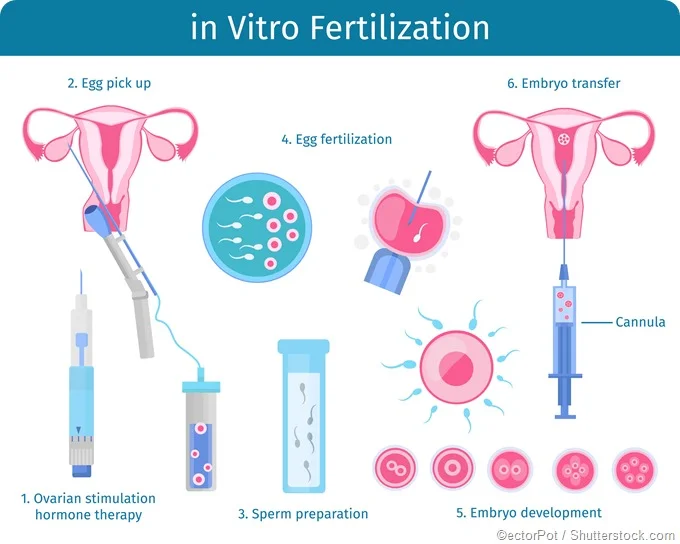This week I am going to take a look at STEM cells. I thought it would be interesting to look at one of the most used and accepted forms of genetic engineering in humans. To preface this post, STEM cells are super complicated stuff. For this post I tried really hard to get the basic point across about what they do and how they do it, but I honestly still do not know that much about them, so hopefully you can learn a few things from the post.
To give you some useful background info, according to the mayo clinic STEM cells are “cells from which all other cells with specialized functions are generated.” Interesting fact about STEM cells is that under the right conditions—either in the body or in a lab—they can divide and create more cells called daughter cells. These daughter cells can then either become STEM cells and reproduce more or become specialized cells to fill a need like blood cells or bone cells for example.

Using STEM cells has almost become common practice in recent years. They are typically used for treating cancer and helping to regrow and replace diseased cells, studying how diseases work, and testing new drugs to check that they work safely and effectively. They are one form of human genetic modification that really is not super controversial and is widely accepted across the board.
However, there is some slight controversy (as there is with everything) specifically regarding one type of STEM cell. Embryonic STEM cells come from human embryos that are three to five days old—called blastocysts at this stage. These types of STEM cells are the most versatile. They are a great tool to be used in researching how early human development works. They also can divide into more STEM cells or become any other type of cell in the human body and these are the ones commonly used to repair or regenerate tissue or organs that are diseased.
The controversy comes into play because the cells are coming from a fertilized human egg/embryo/blastocyst. The eggs/sperm—if procured ethically—come from informed donors who recognize what the purpose of their donation is. The embryos are then created through in vitro fertilization in a lab. The National Institute of Health recognized the concerns and potential for major ethical issues with these types of cells, so they set up some guidelines that state that embryonic STEM cells can only be used when the embryo is no longer needed.
There is also a question surrounding altered adult cells. Scientists have figured out a way to genetically reprogram normal adult cells to transform into STEM cells that act similarly to embryonic STEM cells. So far these types of altered cells appear to be working correctly in animals and in tests, but nobody is sure yet if there would be any adverse effects if these altered adult cells were injected back into a human.
Aside from those two cases, STEM cells are really not a controversial issue and one of the only instances in which human genetic engineering is viewed as wholly positive. STEM cells are used to test drugs. Currently scientists can use them to test out cancer and tumor treatments to see how they would effect all of the different types of cells in the body—because STEM cells can become any cell they need to be. But, probably the most important use of STEM cells is in cell-based therapies.
I did some reading about how STEM cells could be used in this function and it is really interesting and exciting. Nowadays we typically use organs of the recently deceased in transplants to hopefully save the lives of people with diseased or failing organs. But, with this new technology we could engineer STEM cells to grow as new heart muscle cells to help fix someone’s broken heart or as new insulin producing cells in the pancreas. This last one is particularly exciting because it is basically a cure for type 1 diabetes.
Sadly though, we are still not fully ready to go forward with this type of STEM cell therapy. So far it has really only been used for cancer patients who have received chemo therapy as a way to heal the healthy cells that have been damaged by chemo. Hopefully, scientists will continue to work with STEM cell therapy so that we will see STEM cell transplants become more common in the near future. This is one use of human genetic engineering that I am fully in support of and can say is doing all good and seemingly no harm.

